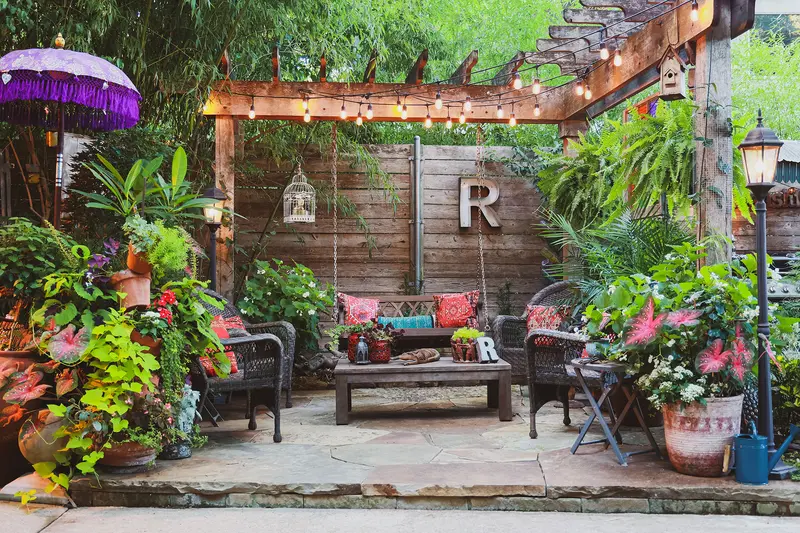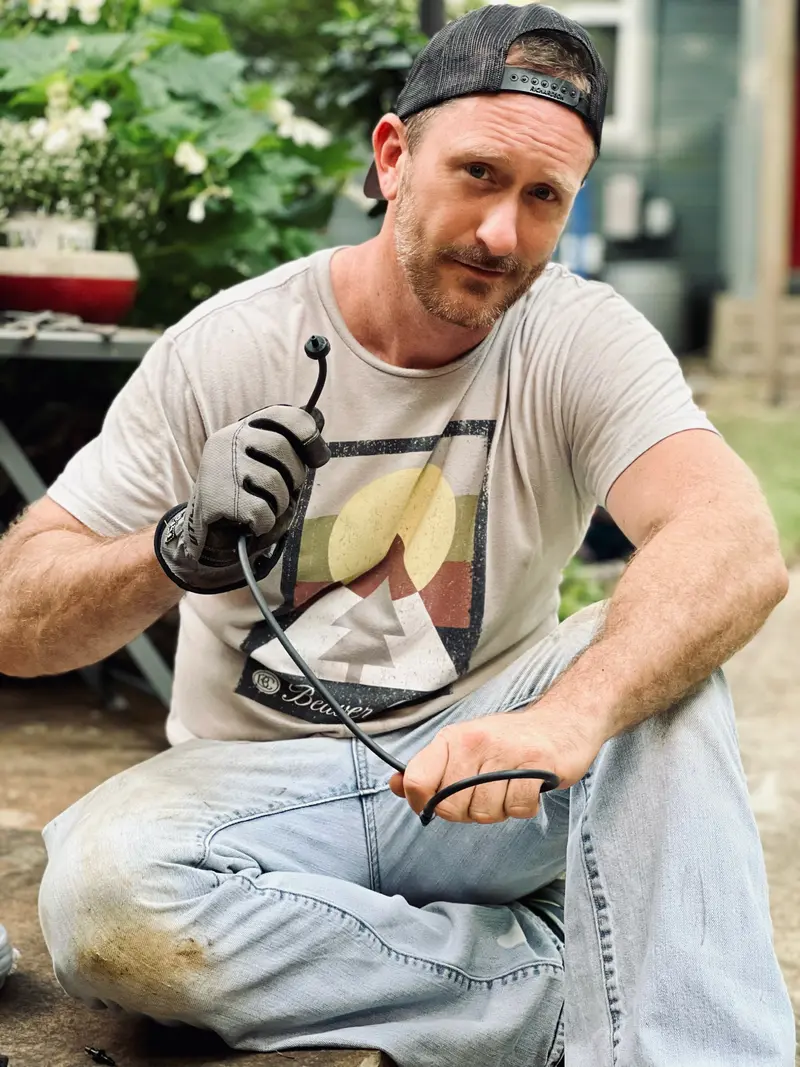Some Shady Business
Published November 3, 2023
My Childhood Home in Rowlett, Texas
Owning A NURSERY, my parents are often asked about what they choose to plant in their own yard. How do you choose something, when you can ultimately choose anything?
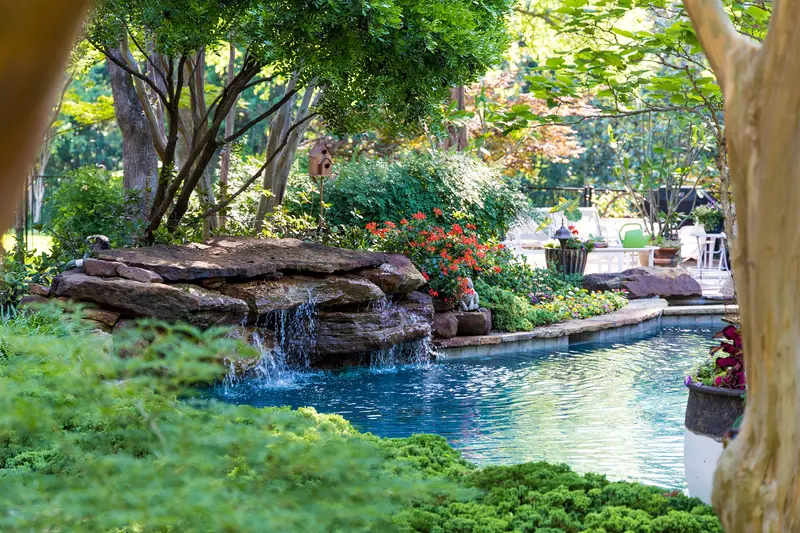
An intriguing question, yes, but the fact is, they can’t actually have whatever they want, wherever they want it. They are still bound by the same sun and shade restrictions as everyone else when selecting their plant material. As any homeowner with a mature yard will certainly tell you, there comes a point in time when all of the plant material that was initially selected, has to be completely re-thought. Bushes that were chosen to live underneath young upstart trees will no longer thrive once the trees reach a mature height and start providing substantial shade. Furthermore, the question of whether a certain bed needs sun or shade-loving plants becomes much more difficult to determine, and requires much more scrupulous attention, as it is not unusual at all to have areas within the same bed suddenly start receiving drastically different amounts of light. Even shrubs that are ostensibly planted right next to each other, might be receiving wildly different amounts of light. This sun/shade differential might occur for many reasons, such as perhaps there is now a gap between where the shade canopies of two trees meet: and the plants living underneath this seemingly tiny opening are now getting blasted with sun that none of the other plants are receiving. The situation, in this case, unavoidably has a huge amount of power over which plants are available to you.
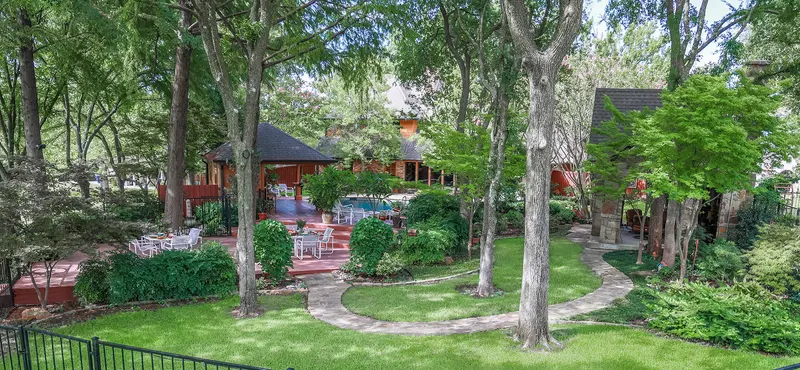
Sometimes even after closely monitoring an area, if GAYLE (my mom) is still uncertain whether a certain plant will thrive there, she will “audition it,” so to speak. It is not unusual to find plants in terra cotta pots sprinkled throughout our yard (especially if the plant in question is on the pricier side, such as a notoriously slow-growing Japanese Maple tree, for example), before she decides whether or not to actually plant it in the ground.
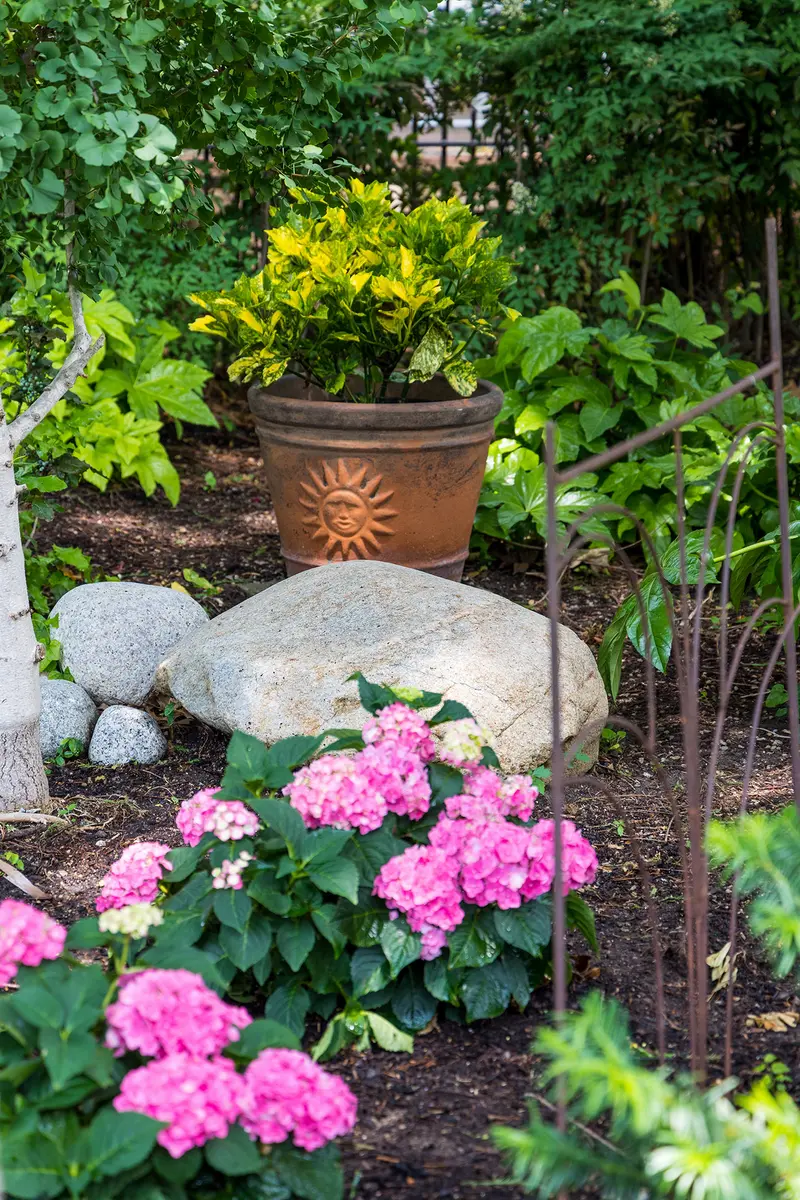
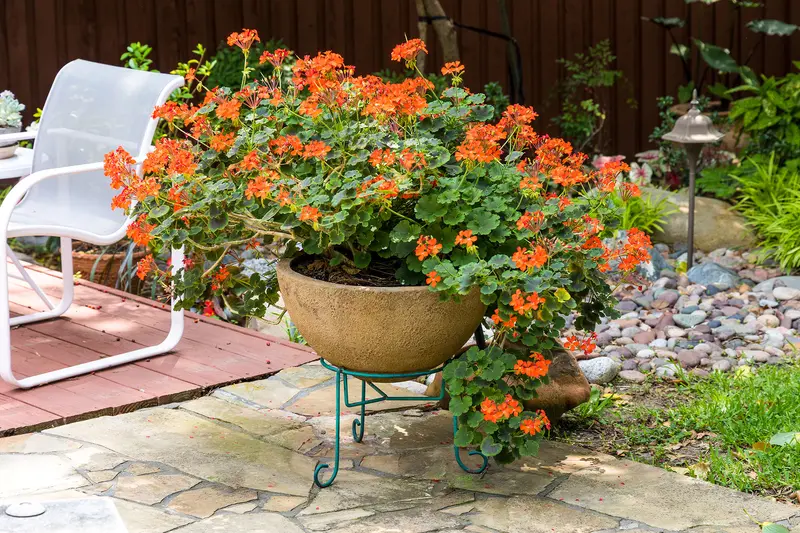
Occasionally, you may run across a plant that, for whatever reason, simply isn’t doing what it should, at the location you have it placed in your yard. The plant is unhappy, and it looks it. This is especially frustrating when, for all intents and purposes, it should be doing well – everything about its location and watering requirements are exactly what all the text books say it needs! You give it fertilizers, supplements… nothing seems to help.
I liken this phenomenon to pet food. Have you ever bought your pet a flavor of pet food that the label assures you is super delicious – that your pet is going to just love it?! Except… they don’t. If it’s so delicious, why won’t they eat it? We may never know. And without a team of scientists out in your yard running tests, you will probably never know what’s going on with your Should-be-Happy plant.
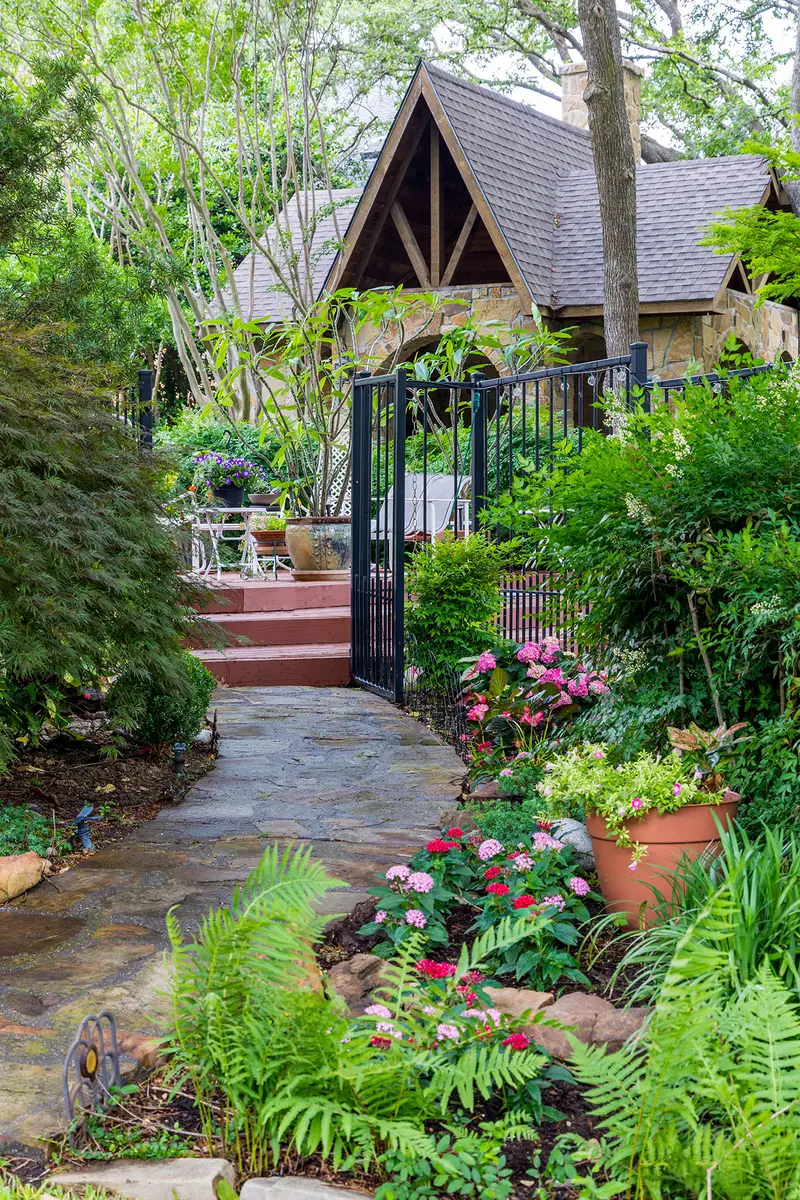
My mom has a rule: Two Tries. She gives a plant two different chances to live and thrive in our yard; after that, they go one her Naughty List, never to be seen again. I do sometimes feel like this list is personal, and that she might be holding a grudge? Because I swear there are plants that have never been allowed back in our yard, after they presumably blew their two chances way back in the early 80s…
Sometimes, after working a day at COVINGTON'S in retail, I’ll discover a whole species of beautiful shrubs that I know for a fact we’ve never had in our yard. Not in recent memory at least, and I’ll come home and ask her about it, albeit delicately, and suddenly it feels like I’m extruding a painful, dramatic plot point.
“Mom, tell me about the Azalea Incident. I'm guess they did you wrong somehow? I’ll understand if you’re not ready to talk about it…”
*************************************
A side note, one of the most rewarding things about transitioning to a shade yard in Texas, is that you can finally enjoy Japanese Maples and other shade-loving, under-canopy trees -- many of which put on spectacular color shows in the fall!
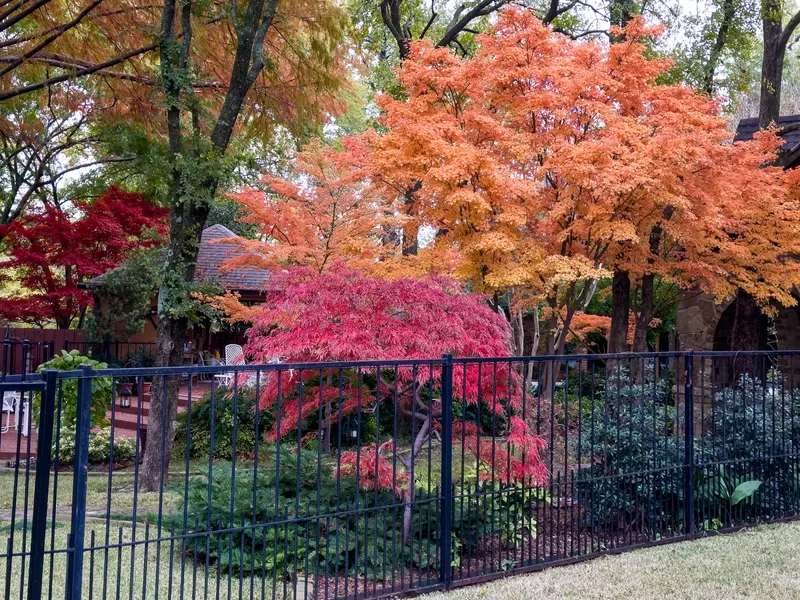
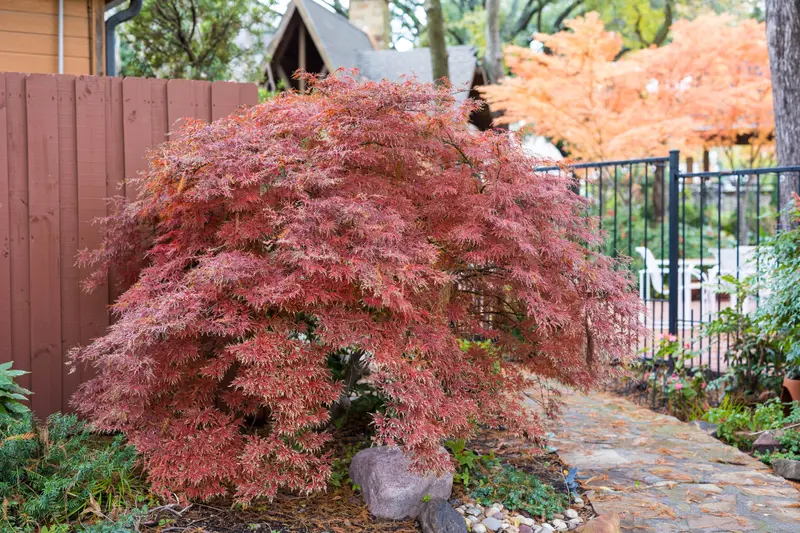
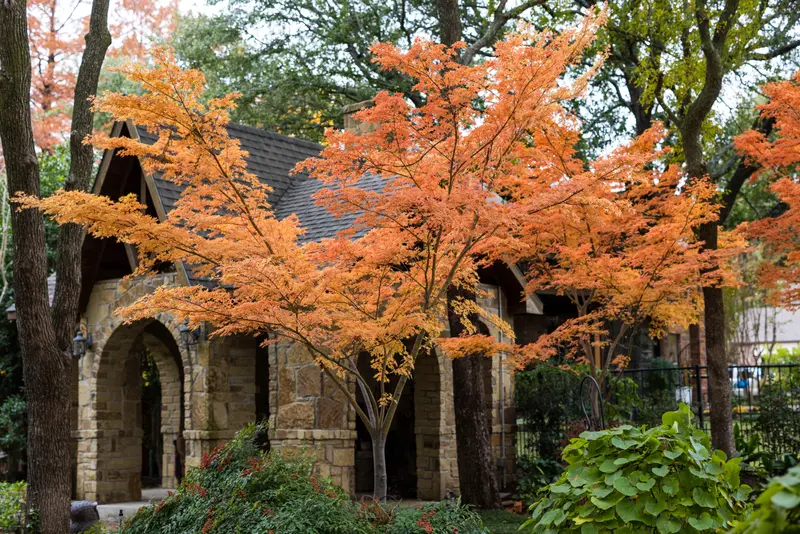
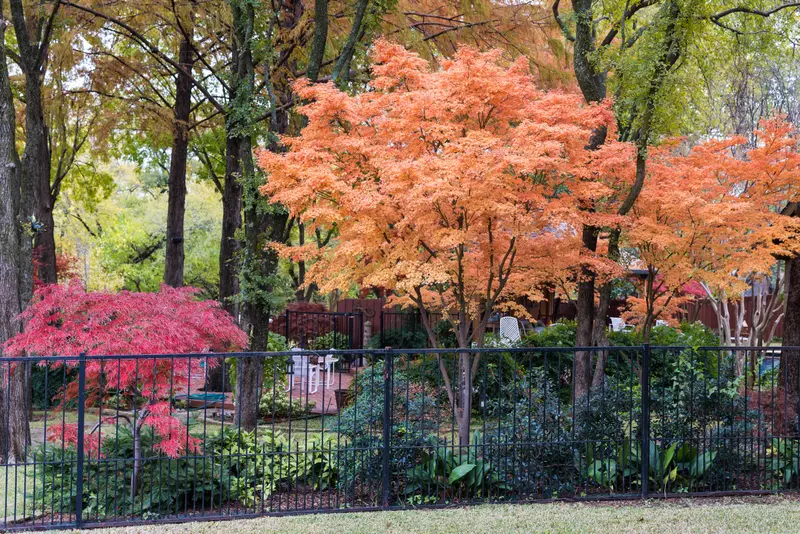
************************************
Read more about my odd relationship with landscaping and "Better Homes & Gardens" HERE and HERE!
